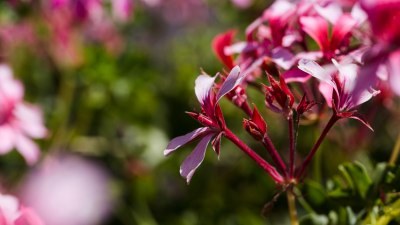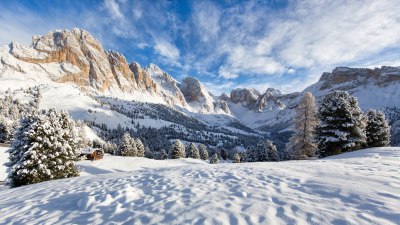Why Certain Plants Bloom Before the Weather Fully Warms
Discover why some plants bloom early in spring, even before the weather fully warms, and the science behind this phenomenon.

As the chill of winter begins to wane and the first whispers of spring emerge, many gardeners and nature enthusiasts eagerly anticipate the blooming of various plants. However, some plants seem to have a knack for breaking through the lingering cold with their vibrant flowers long before the consistent warmth of spring arrives. This phenomenon raises the intriguing question: why do certain plants bloom before the weather fully warms? To understand this, we need to delve into the world of plant biology, environmental cues, and evolutionary adaptations.
Understanding Plant Physiology
Plants are complex organisms that have developed intricate systems to adapt to their surroundings. Their life cycles are influenced by a range of environmental factors, including temperature, light availability, and moisture. These factors play a critical role in the timing of flowering, a process known scientifically as flowering phenology.
Environmental Cues for Blooming
One of the primary environmental cues for blooming is temperature. Many plants have evolved to respond to the gradual increase in temperatures that herald the arrival of spring. This response is part of a broader strategy to optimize their chances of successful reproduction. In particular, the early bloomers take advantage of the conditions that sometimes arise in late winter or early spring.
Role of Chilling Hours
Chilling hours refer to the number of consecutive hours that plants are exposed to cold temperatures (usually between 0°C and 7°C or 32°F and 45°F). Many flowering plants, especially those native to temperate zones, require a specific accumulation of chilling hours to break dormancy. Once the plant has received enough chilling hours, it becomes ready to bloom when temperatures rise slightly, even if only minimally.
Light Conditions
In addition to temperature, light plays a crucial role in triggering flowering. The length of daylight, also known as photoperiod, influences when and how plants bloom. Early blooming species often require shorter photoperiods or specific light wavelengths that are present even in early spring. This adaptation allows them to take advantage of sunlight before the canopy of trees fully leafs out and competes for light.
Examples of Early Blooming Plants
Some familiar examples of early blooming plants include crocuses, snowdrops, and winter aconites. These plants often bloom in late winter or very early spring, sometimes pushing through snow. Their ability to thrive in colder temperatures is a testament to their evolutionary adaptations. For instance, crocuses have specialized structures that allow them to store energy from sunlight effectively, enabling them to flower earlier in the season.
Ecological Advantages
Blooming early comes with its advantages. For many plants, being among the first to flower means they can attract pollinators before the competition arrives. In temperate regions, many insects emerge early in the spring, creating a unique niche for those plants that have adapted to bloom earlier. This not only benefits the plants themselves but also provides critical food resources for pollinators.
Pollination and Reproduction
For early blooming plants, timely pollination is crucial to successful seed development. Many of these plants rely on early-emerging pollinators, such as bees and butterflies, which are essential for the transfer of pollen and fertilization. By blooming early, these plants secure their reproductive success, ensuring that their offspring will continue to thrive in the environment. The synchronicity between pollinators and blooming times illustrates a symbiotic relationship cultivated over millennia.
Climate Change Influences
While many plants have adapted to their local climate, changes in climate patterns due to global warming have raised questions about the future of early blooming. Warmer winters and earlier springs can lead to mismatches between blooming periods and pollinator activity, which could negatively impact some species. Additionally, plants relying on specific chilling hours may find it difficult to adjust to varying climatic conditions, potentially jeopardizing their survival.
Adapting to Change
In conclusion, the ability of certain plants to bloom before the weather fully warms can be attributed to a complex interplay of biological, environmental, and ecological factors. By modifying their life cycles in response to temperature and light conditions, these early bloomers not only survive but thrive in challenging conditions. However, as climate change continues to alter weather patterns, the future of these plants may become uncertain. Ongoing research into the effects of climate change on plant phenology is critical to understanding how these beautiful early bloomers will adapt and evolve in the years to come.











